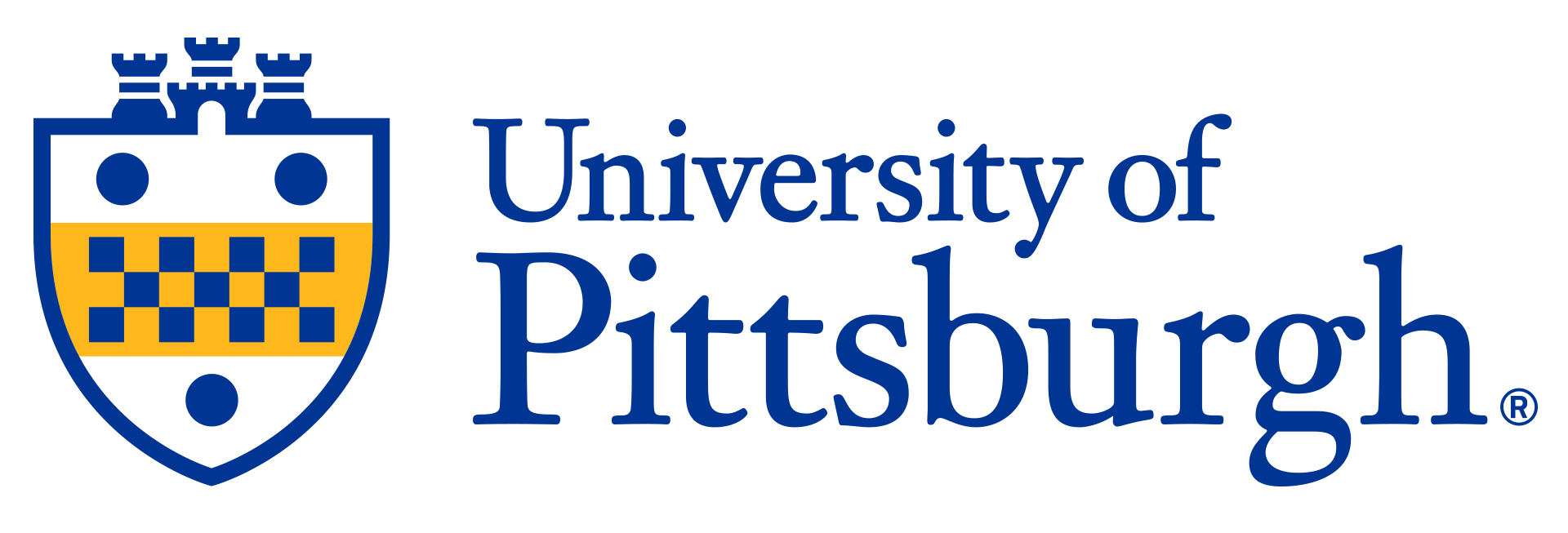

New Permanent Treatment for Cerebral Aneurysms
Scientists at the University of Pittsburgh have developed a new technique that uses a chemically cross-linkable extracellular matrix (ECM)-derived embolic to prevent the rupture of cerebral aneurysms. A rupture may easily lead to potentially fatal subarachnoid hemorrhage or permanent disability. Cerebral aneurysms impact over 240 million people worldwide. Current interventions for cerebral aneurysms carry a high risk of complications, including retreatment and the potential for stroke.
Description
In this innovative injectable embolic delivery system, thiolated gelatin (Gel-SH) and vinyl sulfonated hyaluronic acid (HA-VS) are individually inserted into an intracranial saccular aneurysm through two separate channels using microcatheters connected to a dual-barrel syringe. When Gel-SH and HA-VS are injected into the saccule and combined, they quickly react to form a chemically cross-linked porous hydrogel, which also embeds the contrast agent iohexol. Inclusion of the bioactive self-absorbing peptide, RADA-SP in the injectable fosters increased in-growth of vascular smooth muscle cells (vSMCs), which enhances the elasticity of newly-formed tissue within the sac. The embolic can then seamlessly integrate with the new tissue over time, ensuring permanent occlusion without the long-term presence of foreign bodies.Applications
• Cerebral aneurysmAdvantages
The current standard of therapeutic intervention for cerebral aneurysm is frequently the insertion of non-degradable platinum coils that embolize the sac to prevent blood flow from causing rupture. Well-known complications of this intervention include coil migration, compaction, and recanalization. Alginate-based embolic biomaterial has been used but also exhibits disadvantages, including the potential for recanalization, rapid degradation, and washout into the parent artery.This novel injectable ECM-derived embolic delivery system can overcome several challenges posed by current interventions. The presence of foreign bodies (e.g. stents, platinum coils) is eliminated because the embolic integrates seamlessly with newly formed tissue. Recanalization, rapid degradation, and washout does not occur, eliminating the need for retreatment as well as the potential for stroke. Notably, delivery of RADA-SP can result in significantly higher infiltration of vSMCs, indicating enhanced healing potential.
Invention Readiness
Preliminary studies were completed in vitro and in vivo. A 3-week study using a mouse aneurysm model has been conducted and demonstrated efficacy in occluding the aneurysm sac and recruiting cells. Further work is needed to evaluate long-term outcomes (3 and 6 months) using mouse and rabbit aneurysm models. The results of these studies can potentially fulfill a global market need that is anticipated to rise from about USD $1.26 billion in 2024 to around USD $2.33 billion by 2030.IP Status
Patent PendingRelated Publication(s)
Kim, S., Nowicki, K. W., Kohyama, K., Mittal, A., Ye, S., Wang, K., Fujii, T., Rajesh, S., Cao, C., Mantena, R., Barbuto, M., Jung, Y., Gross, B. A., Friedlander, R. M., & Wagner, W. R. (2024). Development of an Injectable, ECM-Derivative Embolic for the Treatment of Cerebral Saccular Aneurysms. Biomacromolecules, 25(8), 4879–4890. https://doi.org/10.1021/acs.biomac.4c00321